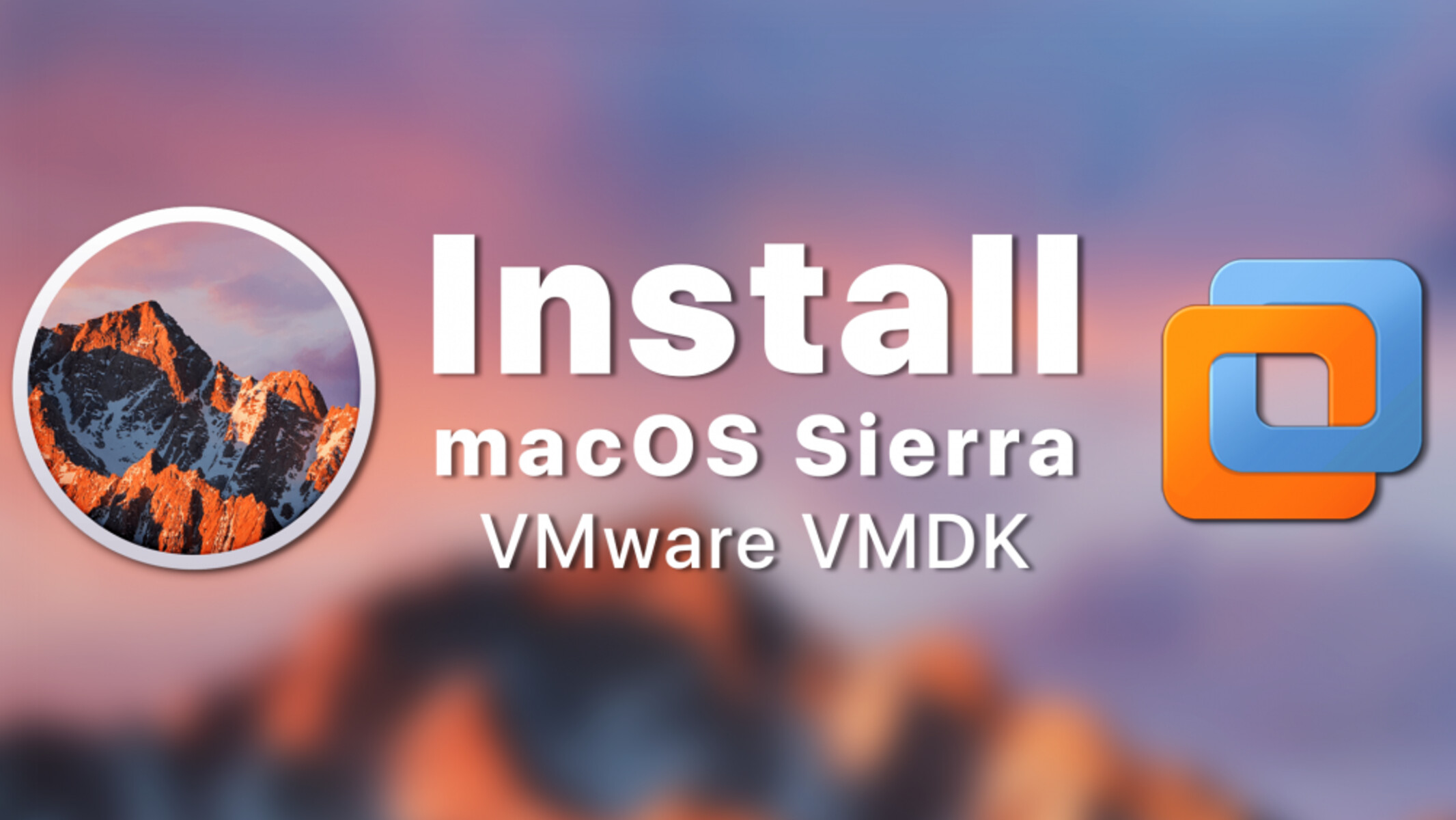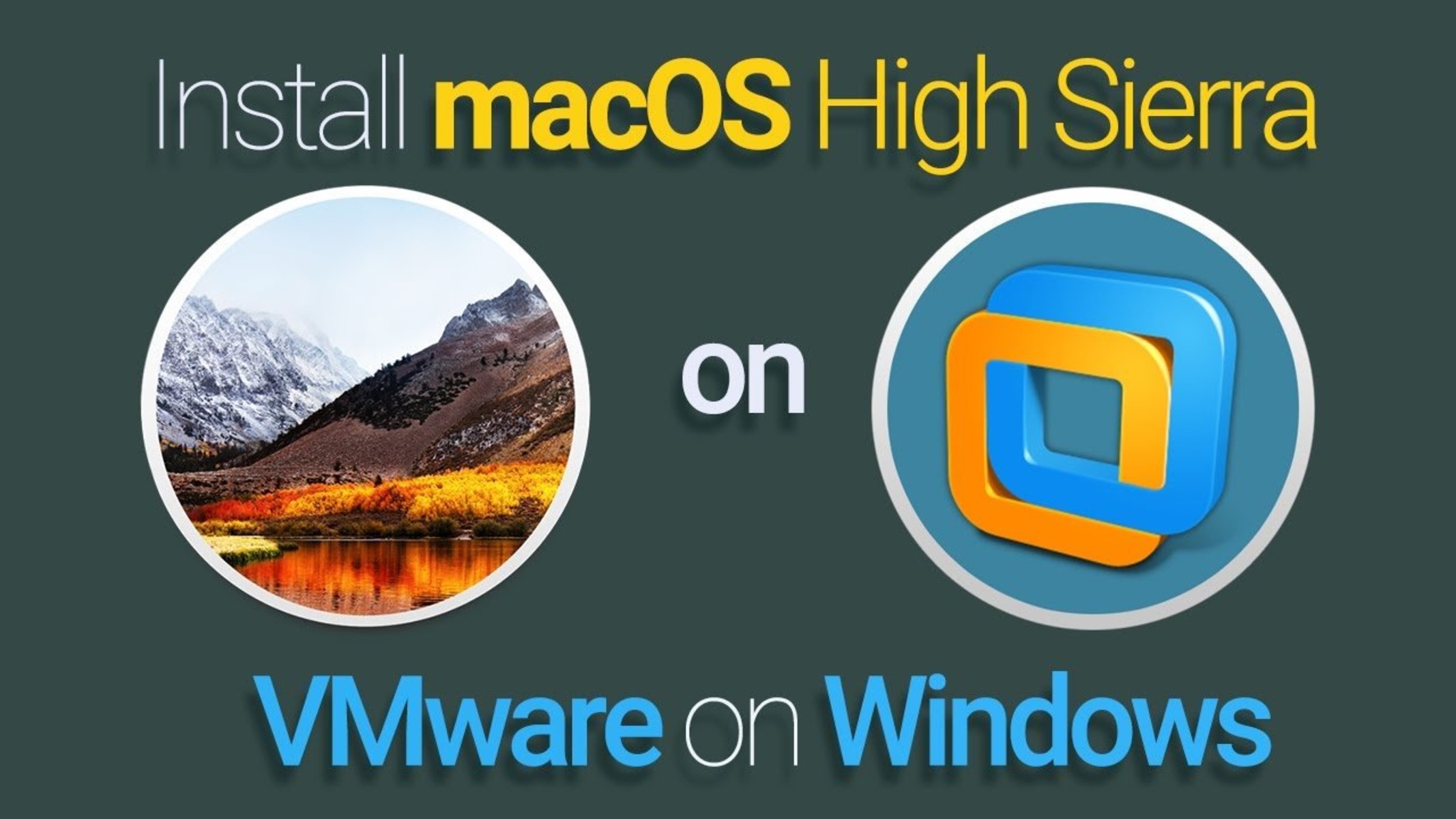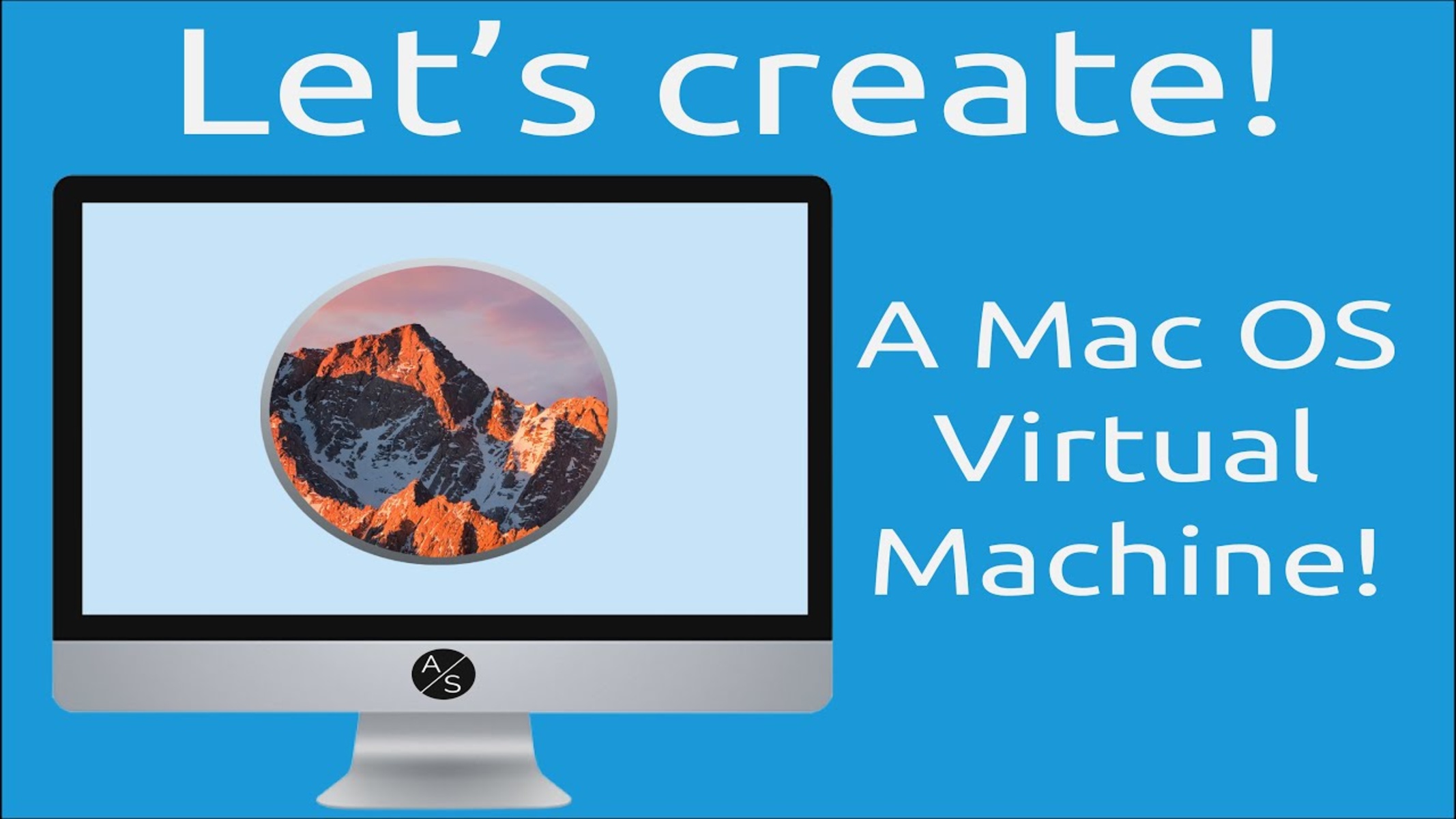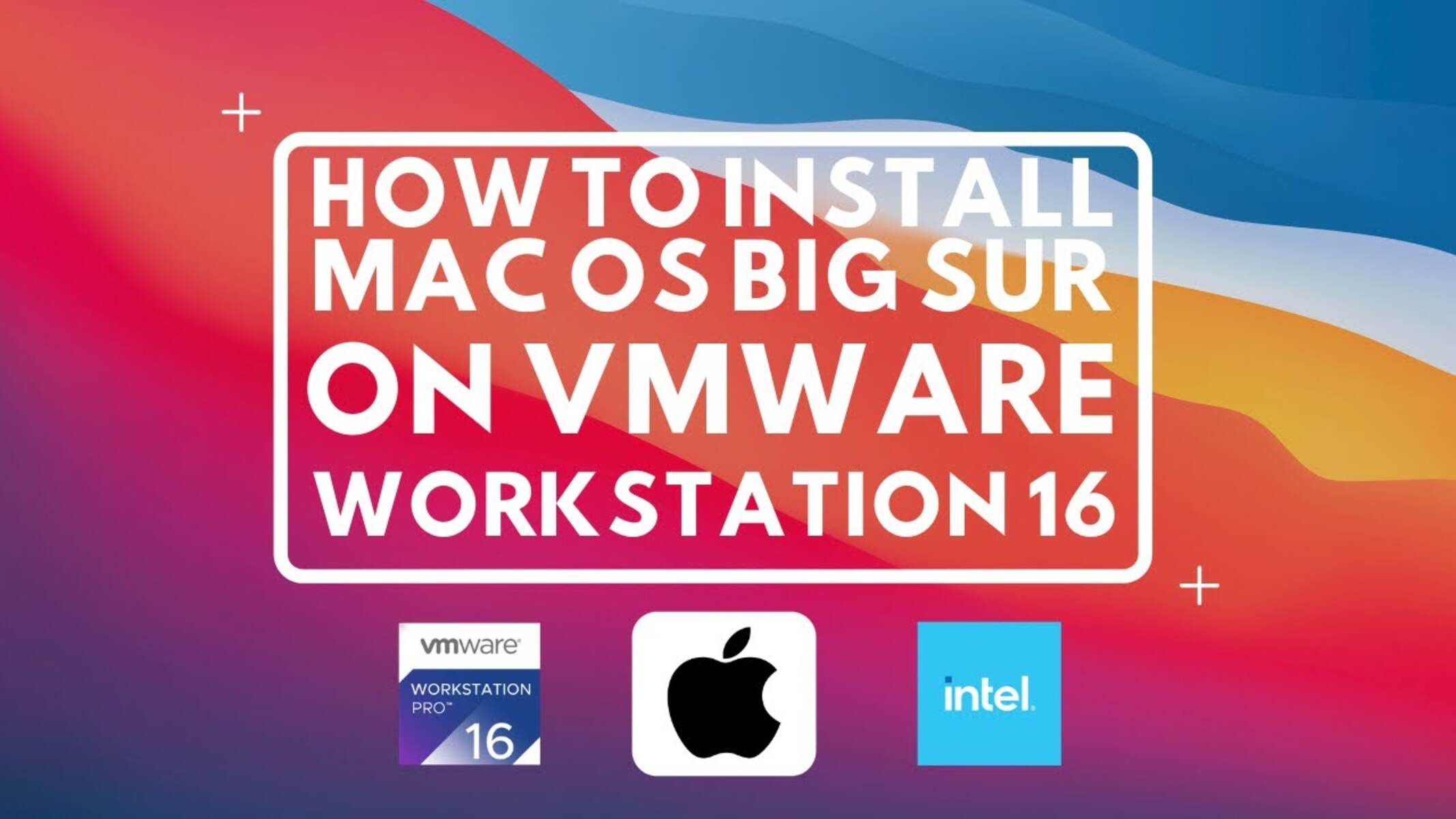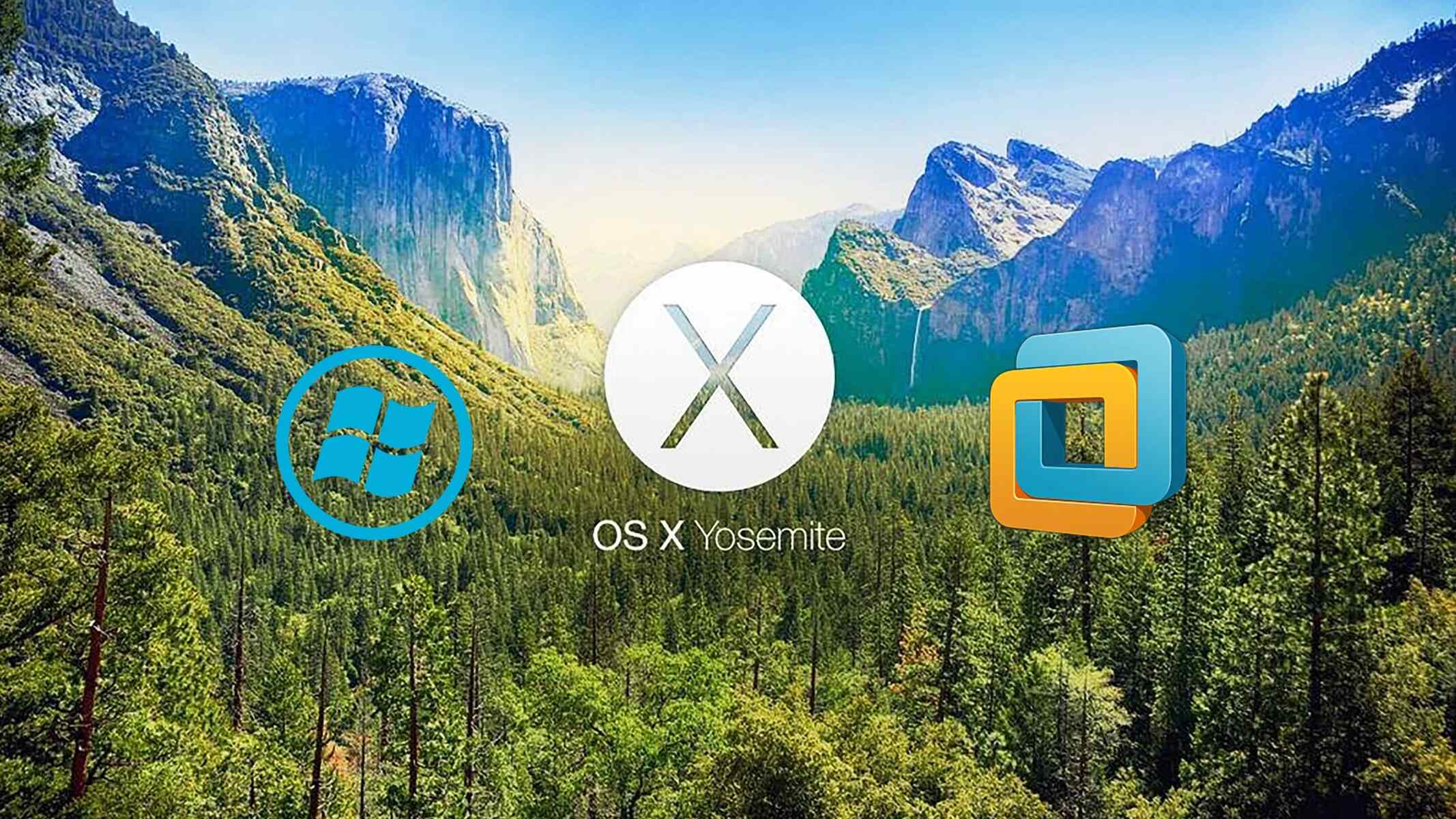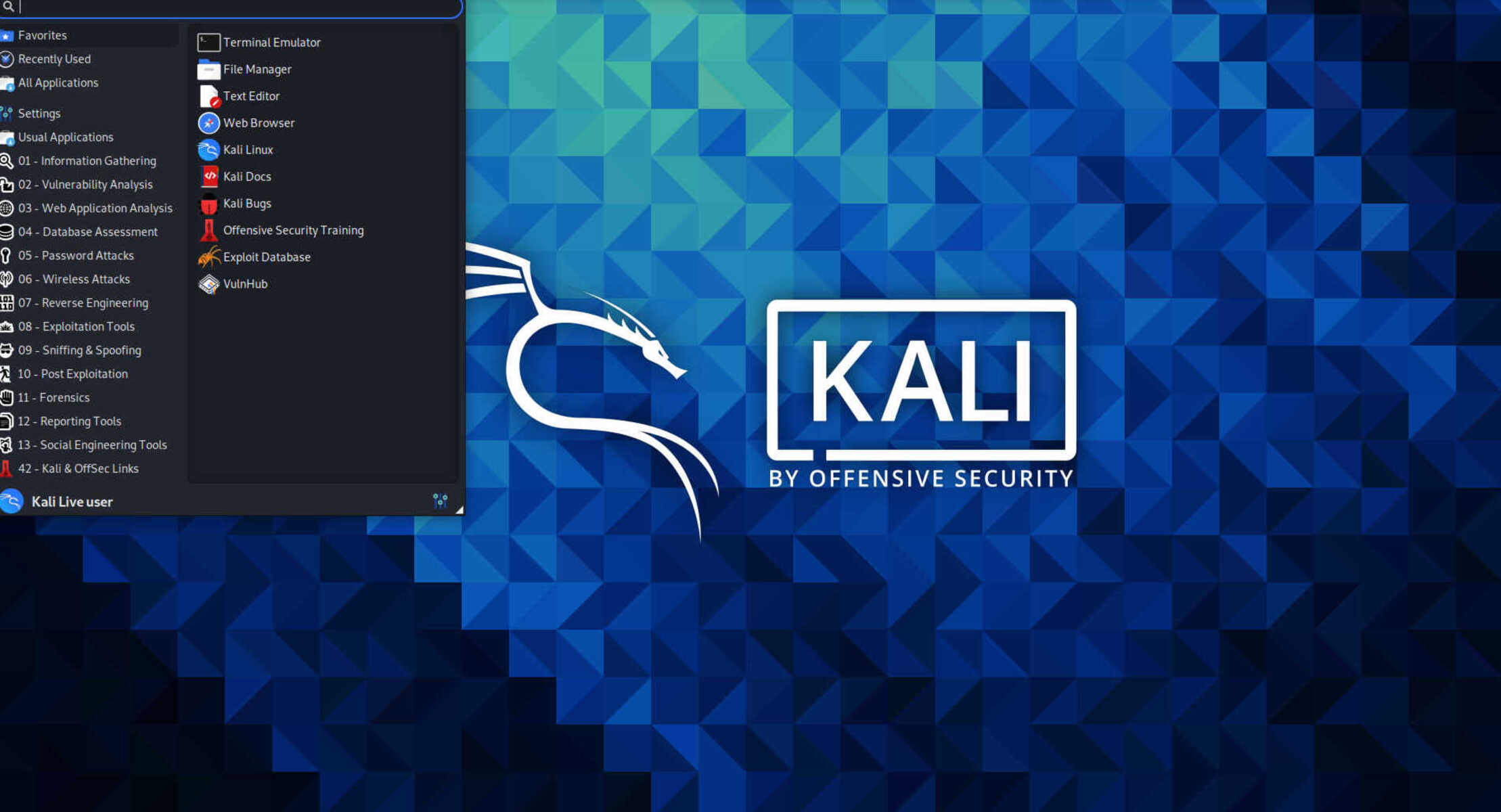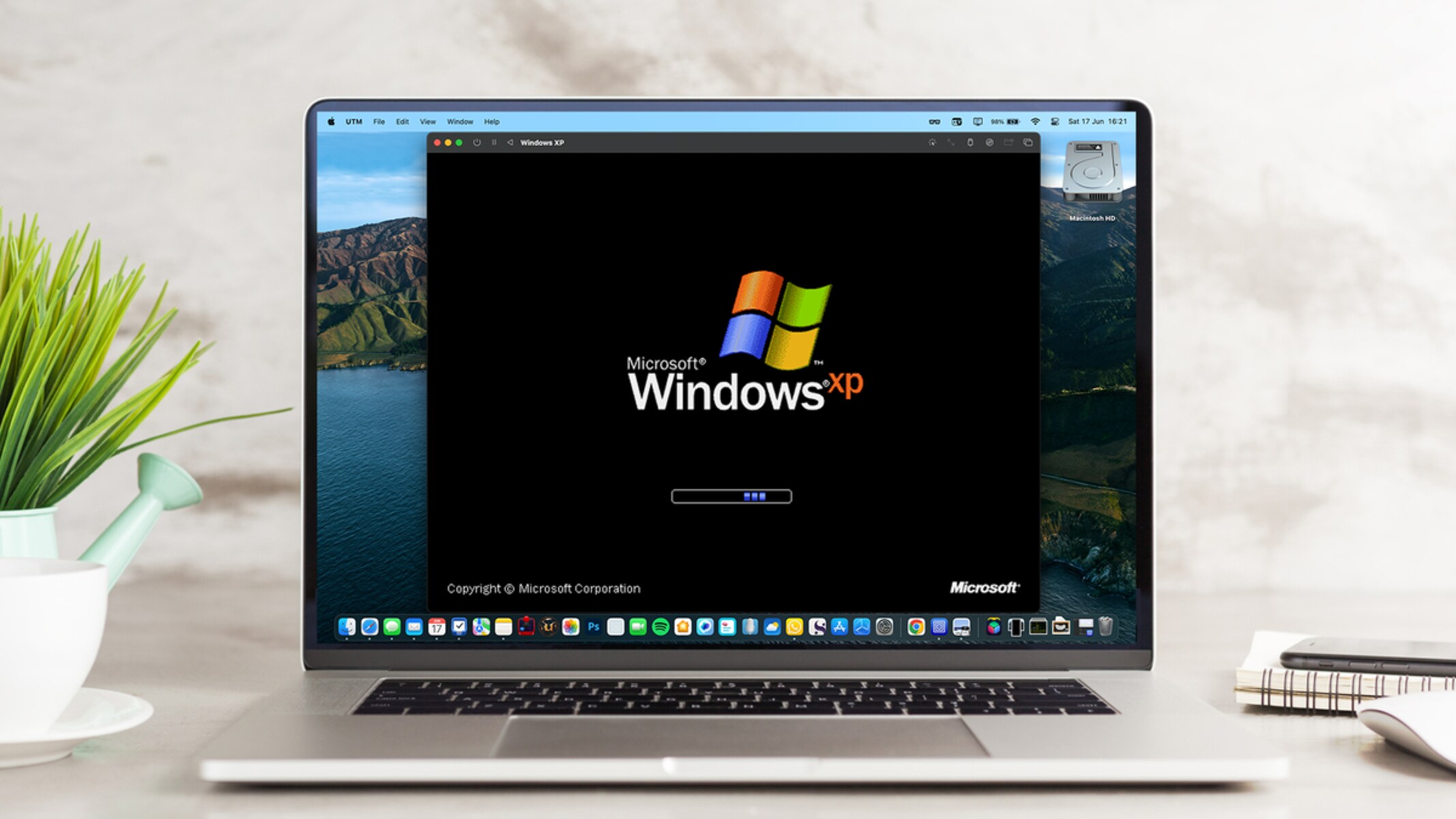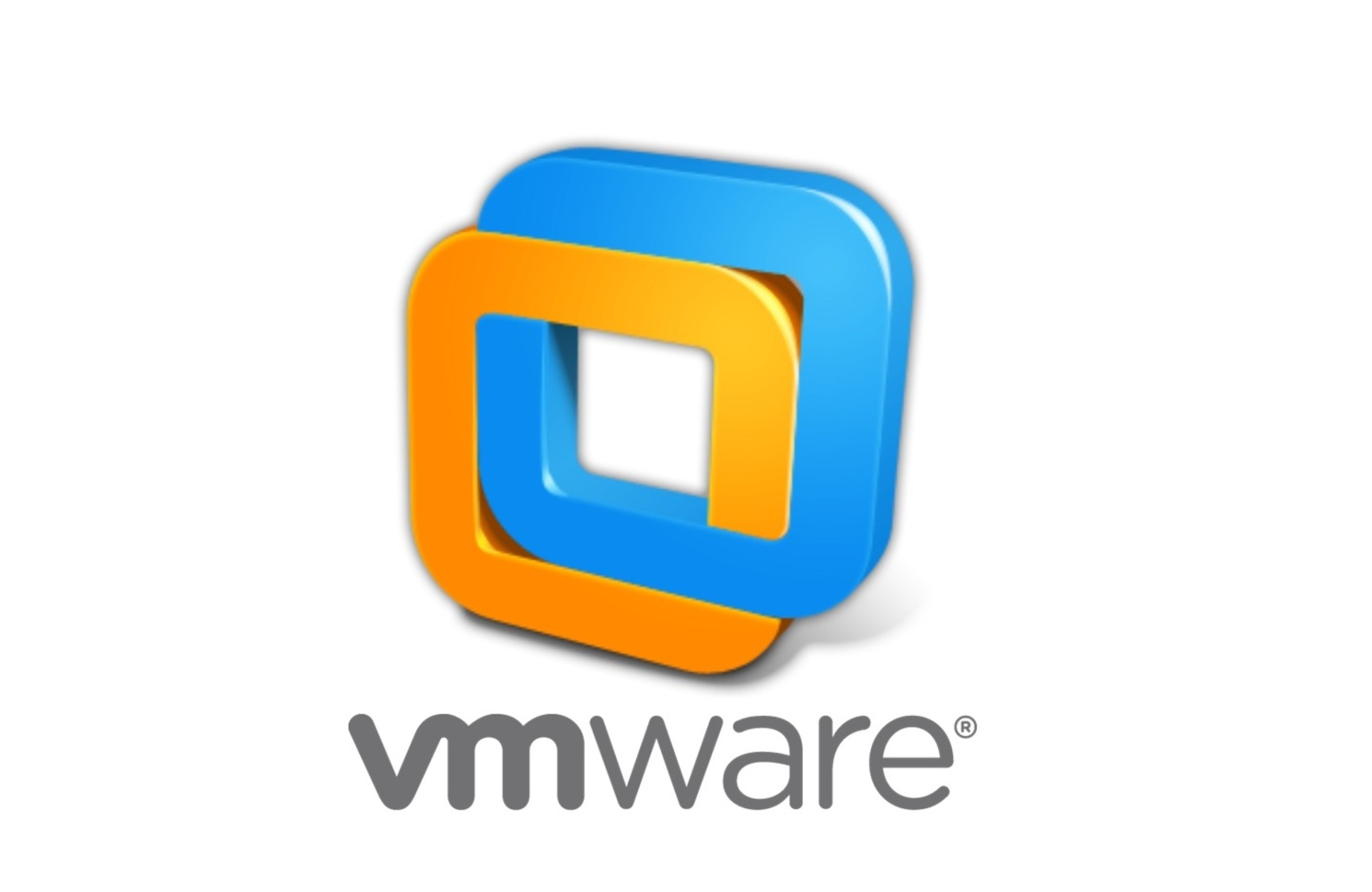Introduction
Welcome to this guide on how to install macOS Sierra in VMware Workstation 12! If you’re a Mac enthusiast or someone who wants to explore the features of macOS, but doesn’t have access to a Mac computer, VMware Workstation provides a fantastic option to run macOS on a virtual machine within your existing Windows or Linux operating system.
macOS Sierra, the 13th major release of Apple’s desktop operating system, introduced a range of exciting features like Siri integration, optimized storage, and improvements to Messages, Photos, and Safari. By following the steps outlined in this guide, you can experience macOS Sierra firsthand without the need for dedicated Mac hardware.
Before diving into the installation process, it’s important to note that running macOS on non-Apple hardware is a violation of Apple’s end-user license agreement (EULA), so proceed at your own risk. Additionally, please ensure that you have legal access to a macOS Sierra installation in order to follow this guide.
With that said, let’s get started on the journey of installing macOS Sierra in VMware Workstation 12!
Prerequisites
Before you begin the installation process, there are a few prerequisites that you’ll need to have in place:
1. VMware Workstation 12: Ensure that you have VMware Workstation 12 installed on your Windows or Linux machine. VMware Workstation is a powerful virtualization software that allows you to create and run virtual machines on your computer.
2. macOS Sierra Installer: Download a copy of the macOS Sierra installer from the App Store or any other reliable source. Make sure you have the installer file saved on your system, as you’ll need it for the installation process.
3. Sufficient system resources: Verify that your computer meets the minimum system requirements for running a virtual machine. This includes having enough RAM, disk space, and CPU power to allocate to the macOS Sierra virtual machine.
4. Enable Virtualization Technology: Check if virtualization technology is enabled in your computer’s BIOS settings. This is required for running virtual machines on your system and can usually be found under the “Advanced” or “CPU Configuration” section of the BIOS.
5. Backup your data: It’s always a good idea to create a backup of your important data before proceeding with any installation or modification. While the installation process is relatively safe, it’s better to be prepared for any unexpected issues that may arise.
By ensuring that you have all the prerequisites in place, you’ll be well-prepared to proceed with the installation of macOS Sierra in VMware Workstation 12. Now that you’re ready to get started, let’s move on to the next step in the process.
Step 1: Downloading macOS Sierra
The first step in installing macOS Sierra in VMware Workstation 12 is to obtain a copy of the macOS Sierra installer. Here’s how you can download it:
- Open the App Store on your Mac or visit the Apple website to download the macOS Sierra installer. Ensure that you have an Apple ID to sign in if prompted.
- Once you’re on the macOS Sierra page, click on the “Get” or “Download” button to initiate the download process.
- The installer file will be downloaded to your Applications folder by default. Wait for the download to complete; the file size is approximately 5.22 GB, so it might take some time depending on your internet connection.
If you’re unable to download the macOS Sierra installer from the App Store, you can search for alternative sources online. However, be cautious and only download the installer from reliable sources to ensure its authenticity and integrity.
Once the macOS Sierra installer is downloaded, you’re ready to move on to the next step of the installation process. In the following steps, we’ll guide you through setting up VMware Workstation 12 and creating a new virtual machine to run macOS Sierra on your computer.
Step 2: Installing VMware Workstation 12
In order to create and run a virtual machine for macOS Sierra, you’ll need to have VMware Workstation 12 installed on your computer. Follow these steps to install VMware Workstation 12:
- Download the VMware Workstation 12 installer from the official VMware website or any other reliable source, ensuring that you’re getting the correct version for your operating system.
- Once the installer file is downloaded, double-click on it to initiate the installation process.
- Follow the on-screen instructions to proceed with the installation. You may be prompted to agree to the End User License Agreement and choose the installation location. Make the necessary selections based on your preferences.
- After the installation is complete, launch VMware Workstation 12 from your desktop or Start menu. You might be prompted for administrative privileges.
- On the main interface of VMware Workstation, you’ll see options to create a new virtual machine or open an existing one.
Congratulations! You have successfully installed VMware Workstation 12 on your computer. Now, you’re ready to proceed to the next step of creating a new virtual machine to install macOS Sierra.
Note: If you already have VMware Workstation 12 installed on your computer, you can skip this step and move on to the next one. Ensure that you’re using a compatible version of VMware Workstation to avoid any compatibility issues.
Step 3: Creating a New Virtual Machine
Now that you have VMware Workstation 12 installed, it’s time to create a new virtual machine for macOS Sierra. Here’s how you can do it:
- Open VMware Workstation 12 and click on the “Create a New Virtual Machine” option on the main interface. Alternatively, you can go to “File” and select “New Virtual Machine.”
- In the “New Virtual Machine Wizard,” choose the “Typical (recommended)” option and click “Next.”
- Select “I will install the operating system later” and click “Next.”
- Choose the guest operating system as “Apple Mac OS X” and select the version as “macOS 10.12” (or whichever version of macOS Sierra you’re installing). Click “Next.”
- Provide a name for your virtual machine and choose a location to save its files. Make sure to allocate sufficient storage space for the virtual machine.
- Set the number of processor cores and the amount of RAM to allocate to the virtual machine. Aim for a balance between performance and the available resources on your computer.
- On the “Network Type” screen, choose the appropriate network setting based on your requirements. It’s recommended to select the default option, “Use bridged networking.”
- Click “Finish” to create the new virtual machine. VMware Workstation will create the virtual machine with the specified settings.
Once you have created the virtual machine, it will be listed on the main interface of VMware Workstation. Congratulations, you’re one step closer to installing macOS Sierra on your computer!
Now that you have successfully created a new virtual machine, it’s time to move on to the next step of configuring the virtual machine settings to optimize its performance and compatibility with macOS Sierra.
Step 4: Configuring the Virtual Machine Settings
After creating a new virtual machine for macOS Sierra in VMware Workstation 12, it’s essential to configure its settings to ensure optimal performance and compatibility. Follow these steps to configure the virtual machine settings:
- Ensure that the newly created virtual machine is selected in the VMware Workstation interface. If not, click on it to highlight it.
- Go to “Edit virtual machine settings” or right-click on the virtual machine and select “Settings.”
- In the “Hardware” tab, you can configure various settings for the virtual machine.
- Start with the “Memory” section and set the desired amount of RAM to allocate to the virtual machine. It’s recommended to allocate a minimum of 4GB for macOS Sierra.
- Next, click on “Processor” and assign the appropriate number of processor cores to the virtual machine.
- Under the “CD/DVD (IDE)” section, select “Use ISO image file” and browse for the macOS Sierra installer that you downloaded earlier. This will allow the virtual machine to boot from the installer file.
- Go to the “Network Adapter” section and select the appropriate network connection type for your needs. It’s recommended to use the default “Bridged” option for better connectivity.
- Review and adjust other settings, such as display resolution, sound, and USB compatibility, based on your preferences.
- Once you’ve made all the necessary adjustments, click “OK” to save the changes and close the settings window.
By configuring the virtual machine settings appropriately, you can ensure that macOS Sierra runs smoothly and takes full advantage of your computer’s resources. With the settings in place, you’re now ready to proceed to the next step of installing macOS Sierra.
Step 5: Installing macOS Sierra on the Virtual Machine
Now that you have configured the virtual machine settings in VMware Workstation 12, it’s time to install macOS Sierra on the virtual machine. Follow these steps to proceed:
- Make sure that the virtual machine is selected in the VMware Workstation interface, and click on the “Play virtual machine” option, or simply power on the virtual machine.
- The virtual machine will begin the boot process and display the VMware logo. Soon after, you will see the macOS Sierra installer screen.
- Select the preferred language for the installation process and click “Next.”
- On the next screen, choose “Install macOS” and click “Continue.”
- Agree to the terms and conditions of the license agreement and proceed.
- Select the appropriate hard drive or partition where you want to install macOS Sierra, and click “Install.”
- The installation process will take some time to complete. During this time, the virtual machine will restart multiple times.
- Once the installation is finished, the virtual machine will boot into macOS Sierra.
- Follow the on-screen setup instructions, including creating an administrator account and configuring other preferences, to complete the installation.
After completing these steps, you will have macOS Sierra successfully installed on your virtual machine in VMware Workstation 12. Enjoy exploring the features and functionalities of macOS Sierra within your Windows or Linux environment!
Note: Remember that the performance of macOS Sierra running on a virtual machine may vary depending on your computer’s specifications. Adjusting the virtual machine settings such as memory allocation and processor cores can help improve performance if needed.
Step 6: Finalizing the Installation
After successfully installing macOS Sierra on the virtual machine in VMware Workstation 12, there are a few final steps to complete the installation process and ensure a smooth experience. Follow these steps to finalize the installation:
- Go through the initial setup process of macOS Sierra, such as setting up your Apple ID, enabling iCloud, and configuring other preferences according to your needs.
- Install VMware Tools: VMware Tools is a set of drivers and utilities that enhance the performance and functionality of the virtual machine. Install VMware Tools by selecting “Install VMware Tools” from the “Virtual Machine” menu in VMware Workstation. Follow the prompts and restart the virtual machine.
- Adjust Display Settings: By default, the resolution of the virtual machine may not match your screen’s resolution. Go to “System Preferences” in macOS Sierra and navigate to the “Display” settings. Adjust the resolution to match your screen size for a better visual experience.
- Enable Shared Folders: VMware Workstation allows you to share files and folders between your host computer and the macOS Sierra virtual machine. In VMware Workstation, go to “Virtual Machine” and select “Settings.” Under the “Options” tab, choose “Shared Folders” and enable folder sharing between the host and guest operating systems.
- Update macOS: After completing the installation, it’s essential to keep macOS Sierra up to date with the latest security patches and feature updates. Open the App Store on macOS Sierra and navigate to the “Updates” tab to check for and install any available updates.
With these final steps, you have successfully finalized the installation of macOS Sierra on the virtual machine. You can now enjoy the full functionality of macOS Sierra within VMware Workstation 12 on your Windows or Linux computer.
Remember that running macOS on non-Apple hardware is a violation of Apple’s end-user license agreement (EULA). Use this guide solely for educational and exploration purposes. Make sure to comply with all legal requirements and have legal access to a macOS Sierra installation.
Conclusion
Congratulations on successfully installing macOS Sierra in VMware Workstation 12! You’ve learned how to set up a virtual machine, configure its settings, and install macOS Sierra on your Windows or Linux computer. Now, you can enjoy the features and functionalities of macOS Sierra without requiring dedicated Mac hardware.
By following the steps outlined in this guide, you’ve gained valuable knowledge on how to create a virtualized environment for macOS and explore its capabilities. Remember to comply with legal requirements and Apple’s terms and conditions regarding the use of macOS on non-Apple hardware.
It’s worth mentioning that running macOS on a virtual machine may have some limitations in terms of performance compared to running it on dedicated Mac hardware. However, VMware Workstation provides a stable and reliable platform for seamless integration of macOS Sierra into your existing operating system.
As you continue to explore macOS Sierra, feel free to experiment with various applications, features, and functionalities that make the macOS experience unique. Take advantage of the shared folders feature in VMware Workstation to easily transfer files between your host computer and the virtual machine.
Remember to keep your macOS Sierra installation up to date by regularly checking for updates and installing them. This will ensure that you have the latest security patches and feature enhancements to enhance your overall experience.
Thank you for choosing this guide as your companion in installing macOS Sierra in VMware Workstation 12. We hope you find it informative and enjoyable. Happy exploring!







